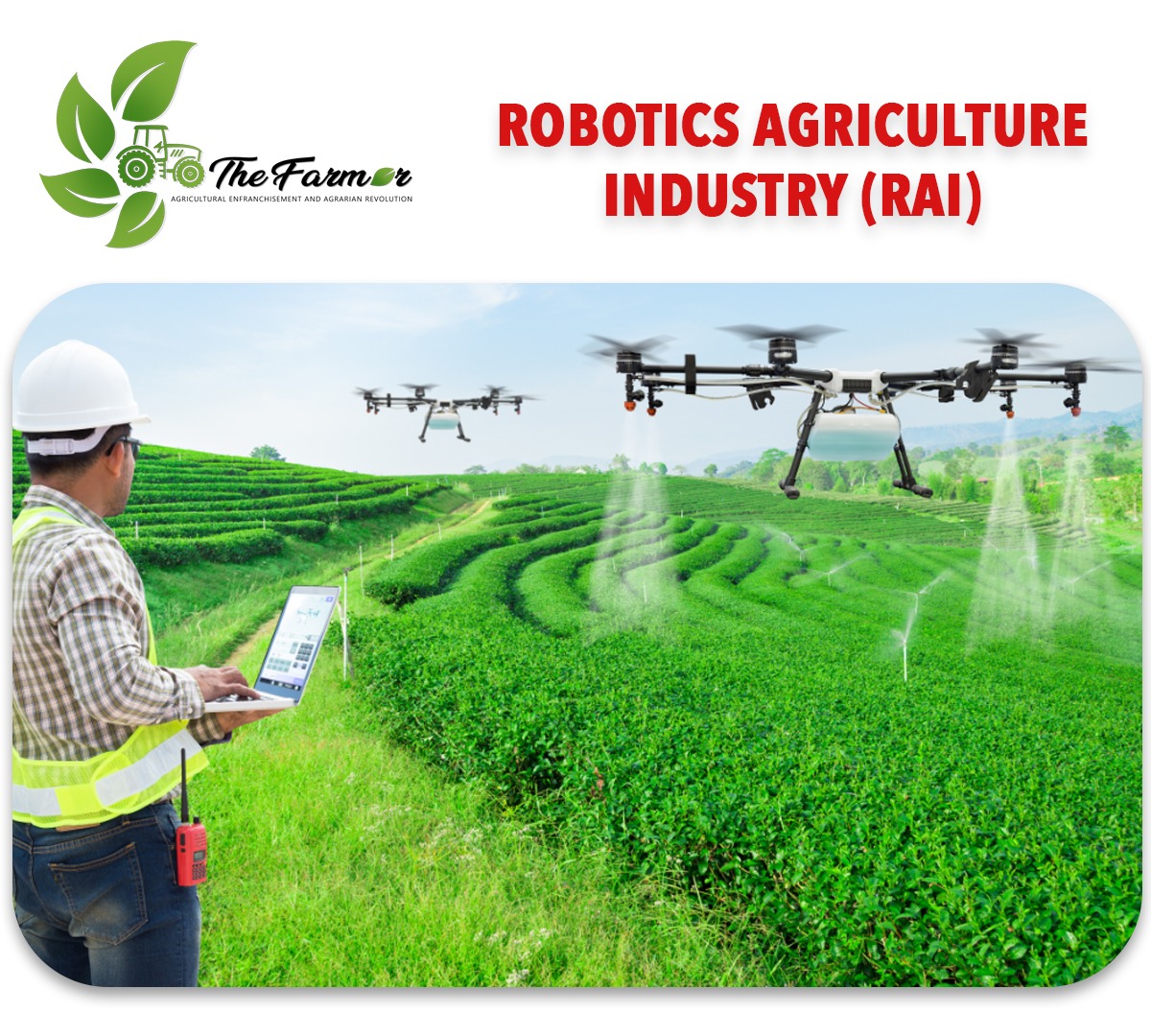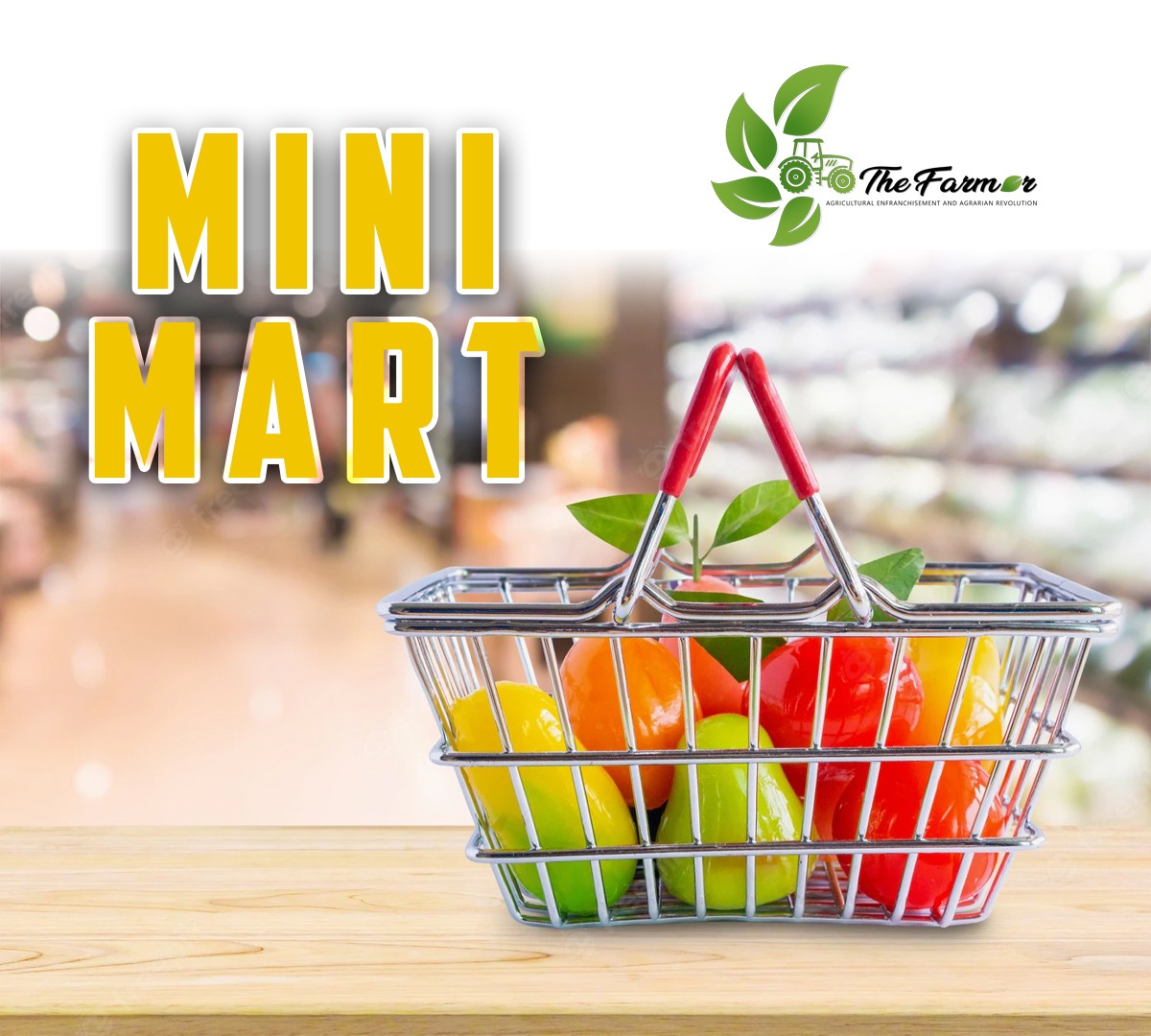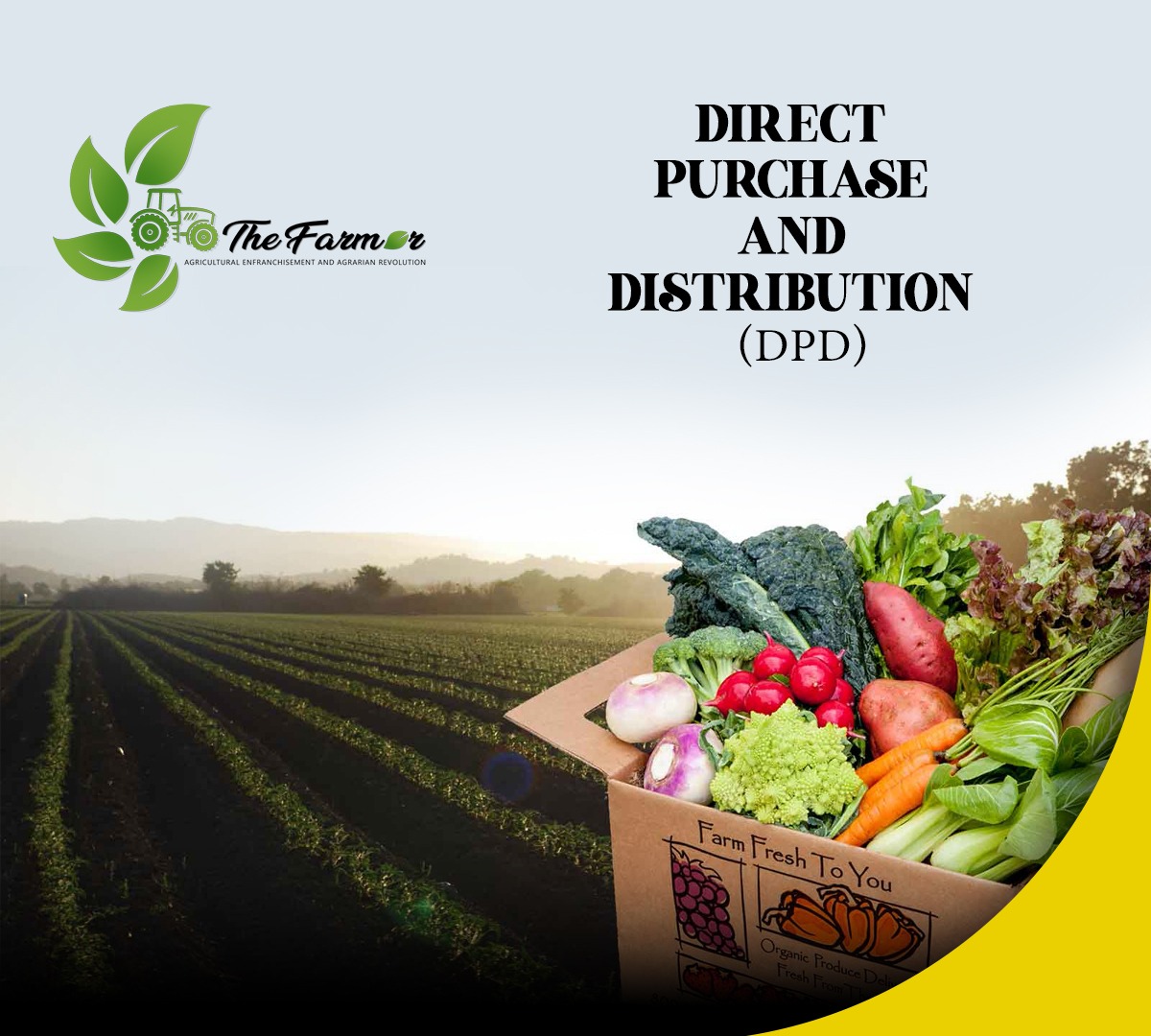Welcome to The Farmer - Revolutionizing Agriculture
Mail Anytime
[email protected]
Welcome to The Farmer - Revolutionizing Agriculture
Mail Anytime
[email protected]
The agriculture industry has undergone significant changes over the years, with technological advancements playing a key role in improving productivity and efficiency. Robotics is one such technology that is transforming the agriculture industry and revolutionizing the way farming is done.
Robotic systems are being used in agriculture for a wide range of tasks, including planting, harvesting, and irrigation. These systems are designed to automate repetitive and labor-intensive tasks, allowing farmers to focus on more complex and strategic aspects of their operations.
One of the main benefits of robotics in agriculture is increased efficiency. With the help of robotic systems, farmers can complete tasks more quickly and accurately than would be possible with manual labor alone. This not only reduces labor costs but also leads to higher crop yields and better quality produce.
Additionally, robotics in agriculture can lead to better sustainability. With the ability to precisely monitor and control water usage, fertilizer application, and other inputs, farmers can optimize their operations to reduce waste and minimize the environmental impact of their activities.
Despite these benefits, there are also challenges to the adoption of robotics in agriculture. High costs of robotic systems and the need for specialized skills to operate and maintain them can be a barrier for some farmers. However, as the technology advances and becomes more widely available, the benefits are likely to outweigh the costs, making robotics a valuable tool for the agriculture industry.






